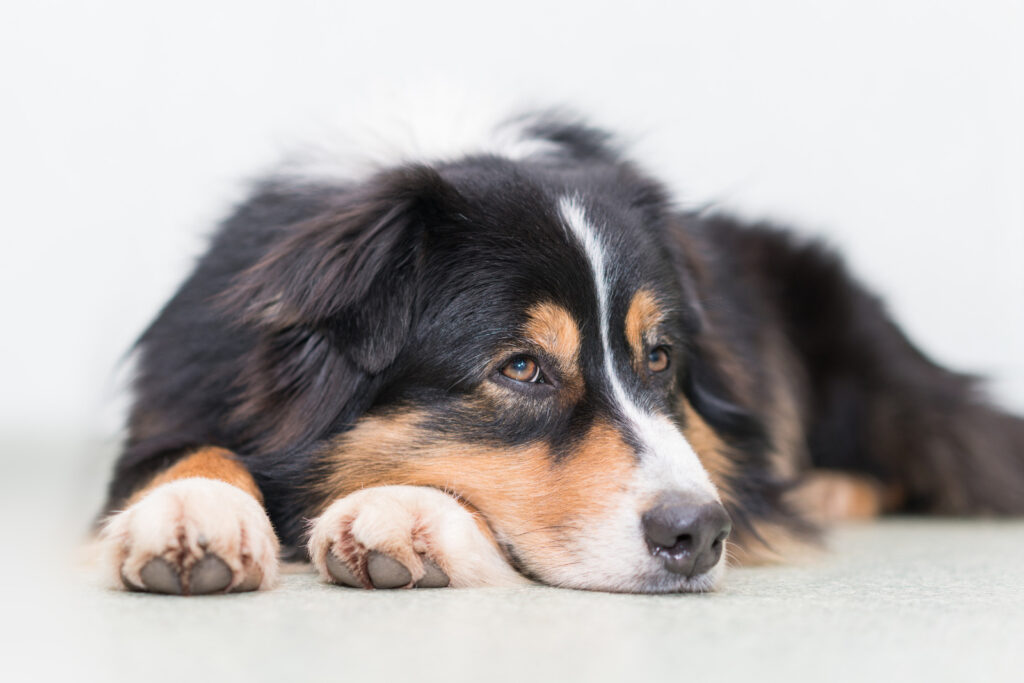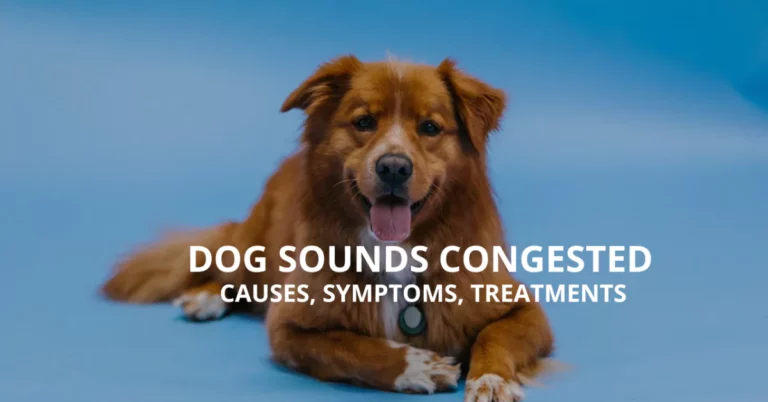Warning Signs After Spaying Dog: Dos and Donts?
When a female dog undergoes spaying, her reproductive organs are surgically removed. Spaying your pet is ideal to prevent unwanted pregnancies and improve your dog’s quality of life. However, like any surgery, spaying has some potential risks. In the blog, we will discuss the warning signs after spaying a dog that you need to look out for and how to care for your dog after the procedure.
How are Dogs Spayed?
There are two main methods of spaying a dog:
Ovariohysterectomy: Removal of the Uterus and Ovaries
Ovariohysterectomy is the most common method of spaying a dog. It involves incisioning the abdomen and removing the uterus and ovaries. This method prevents the dog from going into heat, ovulating, and getting pregnant. It also eliminates the risk of uterine infections, ovarian cysts, and ovarian cancer.
Ovariectomy: Removal of the Ovaries Only
Ovariectomy is a less invasive method of spaying a dog. It involves making a smaller incision in the abdomen and removing only the ovaries. This also prevents the dog from going into heat, ovulating, and getting pregnant. However, it does not eliminate the risk of uterine infections, which are rare but possible in dogs.
Reasons for Spaying a Dog

Spaying a dog has many benefits both for the dog and the owner. Some of the reasons for spaying a dog are:
- To control unwanted pregnancies and reduce the number of homeless dogs in shelters
- To reduce the risk of mammary tumours, which are more common in intact female dogs
- To stop the risk of pyometra, a life-threatening uterus infection can occur in intact female dogs
- To avoid the mess and inconvenience of dealing with a dog in heat, which can last several weeks and attract male dogs
- To reduce unwanted behaviours such as marking, roaming, aggression, and anxiety that hormonal changes in intact female dogs can trigger.
What to Expect After Your Dog’s Procedure?
Spaying is a major surgery that requires general anaesthesia and proper post-operative care. Your dog may experience pain, discomfort, and bleeding at the incision site. Your veterinarian may recommend administering pain medication and antibiotics to aid your dog’s recovery. You must also monitor your dog’s vital signs, appetite, hydration, and defecation.
You must keep your dog calm and restrict her activity level for at least ten days after the surgery. It would help if you prevented your dog from licking the incision site to avoid wound infection. You may need an Elizabethan collar (cone) or a surgical suit to protect your dog’s incision.
Signs of an Infection or Complication
While most dogs recover well from spaying, some may develop complications after the surgery. These can be serious and require immediate veterinary attention.
Some of the signs of an infection after spaying are:
Foul Smelling Discharge
If you notice any foul-smelling discharge coming from your dog’s incision site, it could indicate an infection. This can cause pain, fever, and sepsis (blood poisoning). You should reach your vet instantly if you notice any foul-smelling discharge after spaying your dog.
Unusual Swelling
It is common for there to be swelling around the incision site following the spaying of your dog. However, excessive swelling that does not go down after a few days could indicate a hematoma (blood clot). These can cause pressure on the surrounding tissues and organs, impairing their function and causing pain.
Fever
A low-grade fever (up to 102°F) is expected for up to 24 hours after spaying your dog. However, if your dog has a high and persistent fever (above 103°F), it could indicate an infection to the surgery. Fever can also cause dehydration, loss of appetite, and weakness in your dog.
Lethargy and Loss of Appetite
It is usual for your dog to be sleepy and have a reduced appetite for a day/two after spaying. However, if your dog is excessively lethargic and refuses to eat/drink for more than 24 hours, it could indicate a problem. Lethargy and loss of appetite can indicate pain, infection, dehydration, and organ failure.
Excessive Bleeding
Some bleeding from the incision site is normal for up to 24 hours after spaying your dog. However, if you notice any excess that soaks through the bandage, it could indicate uncontrolled bleeding. A ruptured blood vessel, a clotting disorder, or a reaction to anaesthesia can cause this.
Bleeding can cause shock, anaemia, and death in your dog. You should contact your vet as soon as possible if your dog has excessive bleeding after spaying.
Long-Term Warning Signs After Spaying
While most dogs recover well from spaying and enjoy a healthy life afterwards, some dogs may experience some long-term warning signs after spaying that you should be aware of.
Some of the long-term warning signs after spaying are:
Weight Gain
Spaying reduces the production of sex hormones in your dog, which can affect her metabolism and appetite. Spayed dogs tend to have lower energy levels and higher food intake than intact dogs. This can cause weight gain and obesity in dogs.
Lethargy
Spaying can also affect your dog’s mood and energy level. Some dogs may become more calm and relaxed after spaying, while others may become more depressed and lethargic. This can depend on your dog’s personality, breed, and age.
Changes in Coat
Spaying can also affect your dog’s coat quality and texture. Some dogs may experience hair loss and dullness of their coat after spaying. This can be due to decreased sex hormones, which play a role in hair growth and maintenance.
Possible Joint Issues
Spaying can also affect your dog’s bone and joint health. Spaying may increase the risk of certain orthopaedic conditions in dogs, such as hip dysplasia and osteoarthritis. It may be due to the loss of sex hormones, which help regulate bone growth and density.
A Dog Going Into Heat After Being Spayed?
One of the rare but possible complications that can occur after spaying your dog is ovarian remnant syndrome (ORS). It occurs when a small piece of ovarian tissue is left behind during the surgery and continues to produce hormones. This can cause your dog to display heat symptoms, including vulva swelling.
If you suspect your dog has ORS after spaying, contact your vet immediately. Your vet will perform some tests to confirm the diagnosis and locate the source of the hormones.
What are the Most Crucial Days After a Spay?
The first ten days following the surgery are the most crucial days after spaying your dog. This is when your dog is most vulnerable to infections from the surgery. You should follow your vet’s instructions carefully and provide your dog with proper care.
Some of the things you should do are:
Pain Management
Your vet will suggest pain medication for your dog to help her cope with the discomfort from the surgery. You should give your dog the medication as directed by your vet and monitor her for any signs of pain. You should not give your dog any human painkillers, such as aspirin.
Activity Level
You should keep your dog calm and quiet for at least ten days after spaying. You should avoid any vigorous activity that can cause stress on your dog’s incision site, such as running and climbing stairs. You should also limit your dog’s access to other dogs that can provoke her. It would help to keep your dog in a crate when outside and supervise her always.
Incision Care
You need to inspect your dog’s incision site daily for indications of infection, like redness. You should also keep the incision site clean and dry and prevent your dog from licking at it. You should not apply ointments and creams to your dog’s incision site unless your vet instructs.
Appetite and Hydration
Your dog may have a reduced appetite and thirst for a day/two after spaying. This is normal due to the anaesthesia and medication. However, it would help if you encouraged your dog to eat and drink by frequently offering her small amounts of bland food and water. You can add some broth to her food to make it palatable.
Frequently Asked Questions (FAQs):
How common are complications after spaying?
Complications after spaying are uncommon but possible in dogs. The risk depends on various factors, such as your dog’s age, breed, and health. It also depends on the type and quality of the surgery and your dog’s post-operative care and management.
The overall complication rate after spaying is estimated to be around 6%, with most complications being minor and treatable.
Is spaying a high-risk surgery?
Spaying is considered a routine but major surgery in dogs. It involves general anaesthesia and invasive manipulation of the abdominal organs. It carries some inherent risks that can vary depending on the individual case.
However, most dogs can perform spaying safely and effectively with proper preoperative evaluation and post-operative care. The benefits of spaying usually outweigh the risks for most dogs.
How long will the dog be in pain after spaying?
Your dog may experience pain and discomfort for up to 72 hours after spaying. The level and duration of pain may vary depending on the type of surgery, the size and location of the incision, and the sensitivity and tolerance of your dog. Your vet will suggest pain medication for your dog to help her cope with the pain after spaying.
Can a dog have internal bleeding after being spayed?
Internal bleeding is a rare but severe complication after spaying your dog. A ruptured blood vessel, a clotting disorder, and a reaction to anaesthesia can cause it. Internal bleeding can cause shock and organ failure in your dog. You should contact your vet as soon as possible if you suspect your dog has internal bleeding after spaying.
How do you pick up a dog after being spayed?
It would help to be careful and gentle when picking up your dog after spaying. You should avoid putting any pressure on your dog’s incision site. You should also avoid lifting your dog by the scruff of the neck, the legs, and the tail.
The best way to pick up your dog after spaying is to use both hands and support her chest and hindquarters.
Conclusion
Spaying is a beneficial and responsible decision for most female dogs. It can prevent unwanted pregnancies, reduce the risk of certain diseases, and improve the quality of life of your dog. However, spaying also has potential risks you should be aware of and prepared for.
You should follow your vet’s instructions carefully and provide your dog with proper care before, during, and after the surgery.






